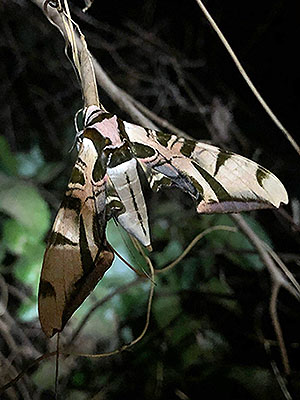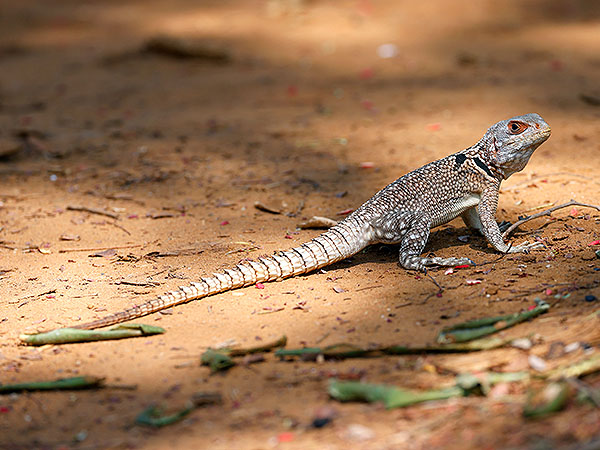Aldabra Sphinx Moth (Batocnema coquereli ssp. aldabrensis)
Coquerel’s Sphinx Moth is divided into five subspecies of which two are confined to Madagascar while the other three occur on the island groups to the north of Madagascar.
The Aldabra atoll was inhabited by an endemic form, the Aldabra Sphinx Moth, which was described in 1909 and which is said to have been quite similar to the nominate form (see photo).
This form is now considered extinct, the reasons appear not to be known.
*********************

Photo: alcedo77
https://www.inaturalist.org/people/alcedo77
https://creativecommons.org/licenses/by-nc/4.0/
*********************
References:
[1] Pat Matyot: The hawkmoths (Lepidoptera: Sphingidae) of Seychelles: identification, historical background, distribution, food plants and ecological considerations. Phelsuma 13. 55-80. 2005
[2] Justin Gerlach: Red Listing reveals the true state of biodiversity: a comprehensive assessment of Seychelles biodiversity. Phelsuma 20: 9-22. 2012
*********************
edited: 04.01.2023

